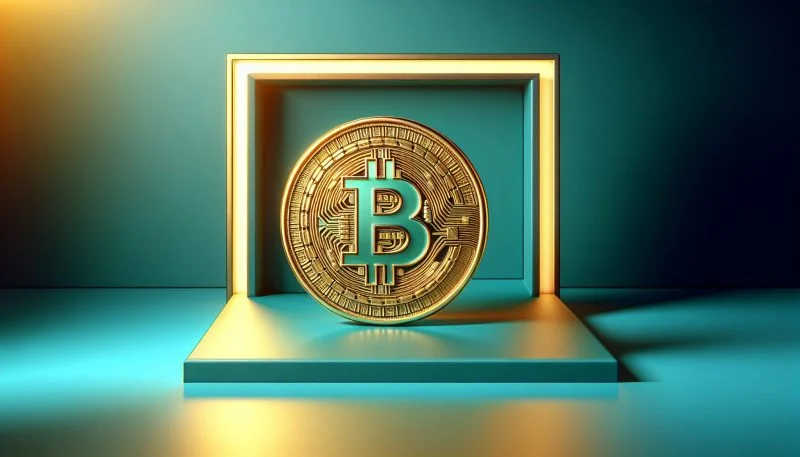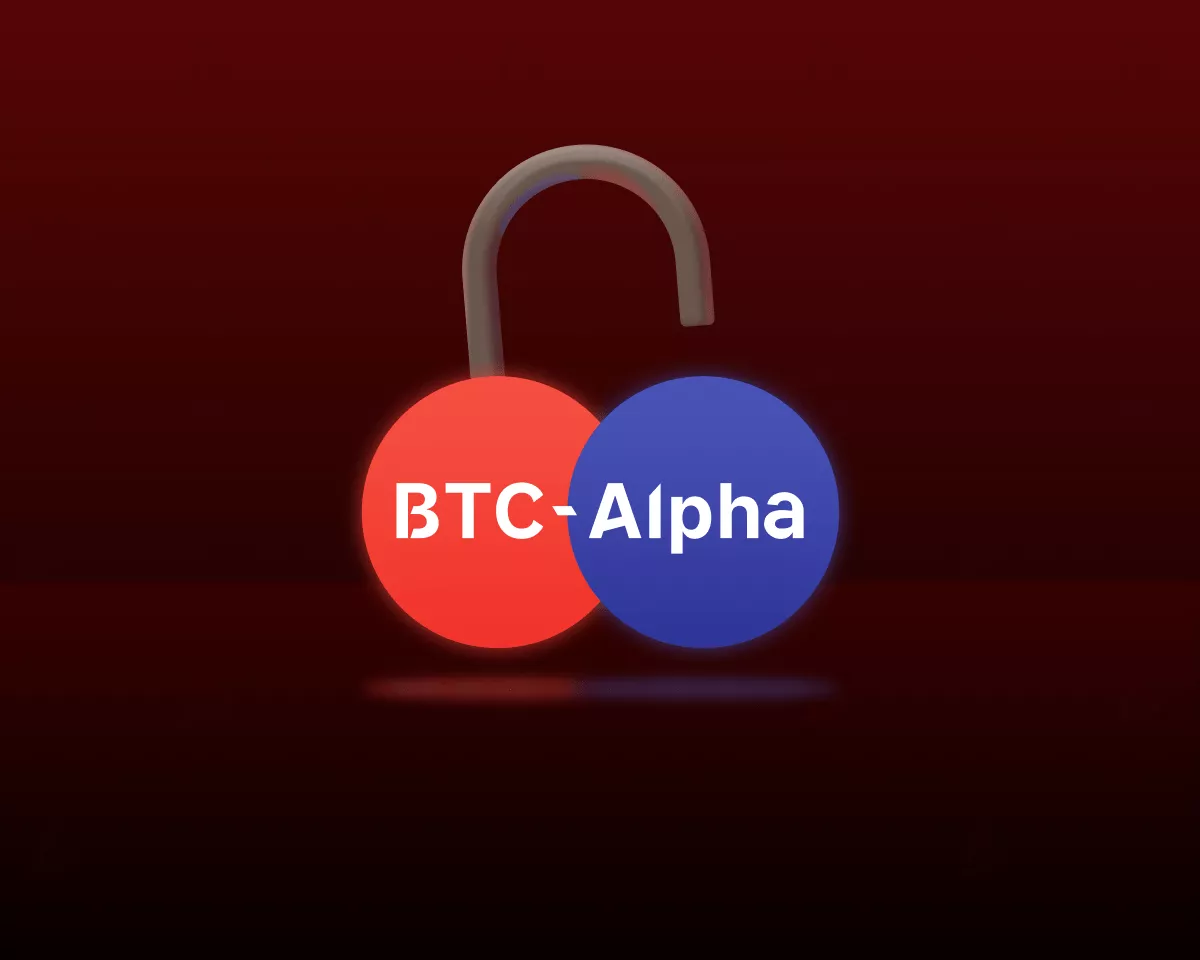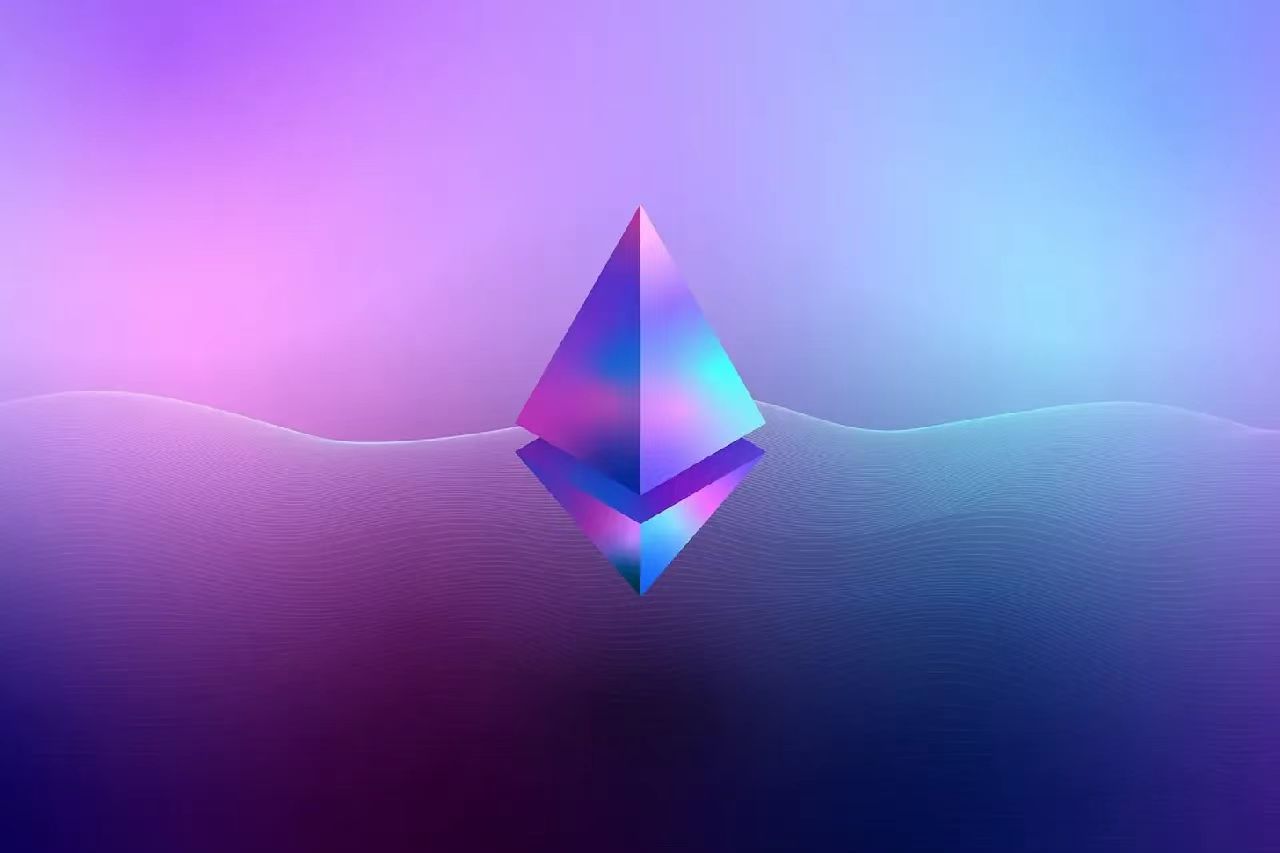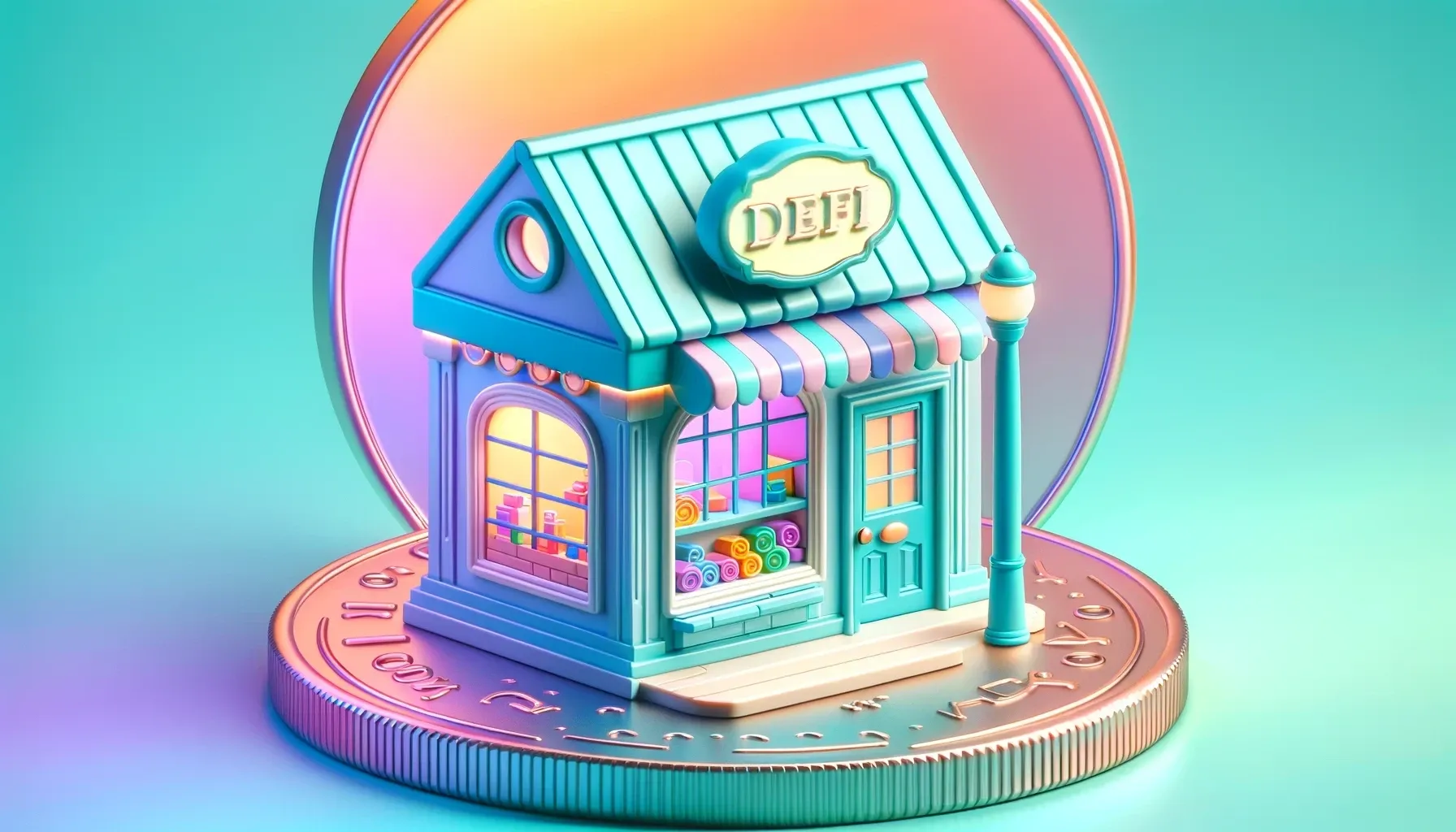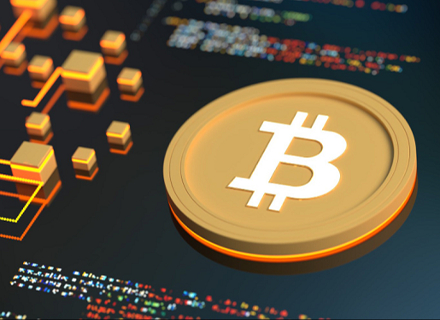There are 124 layer 1 blockchains on Coingecko. How many do you know? And how many do you actually use?
I’m active on ~10 L1s (and a number of L2s) but most of my assets are on Bitcoin, Ethereum, and Solana.
A small confession: I thought Ethereum had already won the L1 games during the bear market as 1) the number of L2s grew promising to solve Ethereum scalability problems and 2) activity on alt-L1s was dead and there were no Ordinals/Runes on Bitcoin.
How wrong I was! Not only did Solana outperform most L1s, but ETH's price is still lagging behind even BTC.
I agree with Arthur that the current crypto cycle is different from 2021 as there’s a significant spread in returns, with few cryptos outperforming Bitcoin since the October 23 low.

Unlike the indiscriminate pumps of 2021, the market now rewards careful token selection and active investment management. This shift towards fundamentals in a broad sense reduces the likelihood of making quick fortunes by luck, which ultimately strengthens the market's maturity.
This implies that you should do research and seek catalysts for growth. Beginning by:
1) identifying sectors/narratives you expect will surpass the market in the future,
2) then examine fundamentals to pinpoint potential tokens.
Am I talking about fundamentals when memecoins are all the rage?! Memecoins depend too much on hype, with influencer shills and a lot happening behind closed doors. You can do "fundamentals"-based memecoin trading, but if you have no strategy and enjoy gambling, go for it.
Personally, I find exposure to L1 tokens attractive as L1 tokens are typically productive assets: you can stake them natively or through liquid staking, utilize them in their DeFi ecosystem, and receive airdrops from ecosystem dApps.
In contrast, L2 tokens are useless as they are neither used as gas, nor holding them gives you ecosystem airdrops (I think only STRK, MNT, and METIS have decent token utility).
The key is to identify booming L1 ecosystems with technical innovation, attractive narrative and where a growing number of dApp airdrops contribute to pumping the L1 token price.
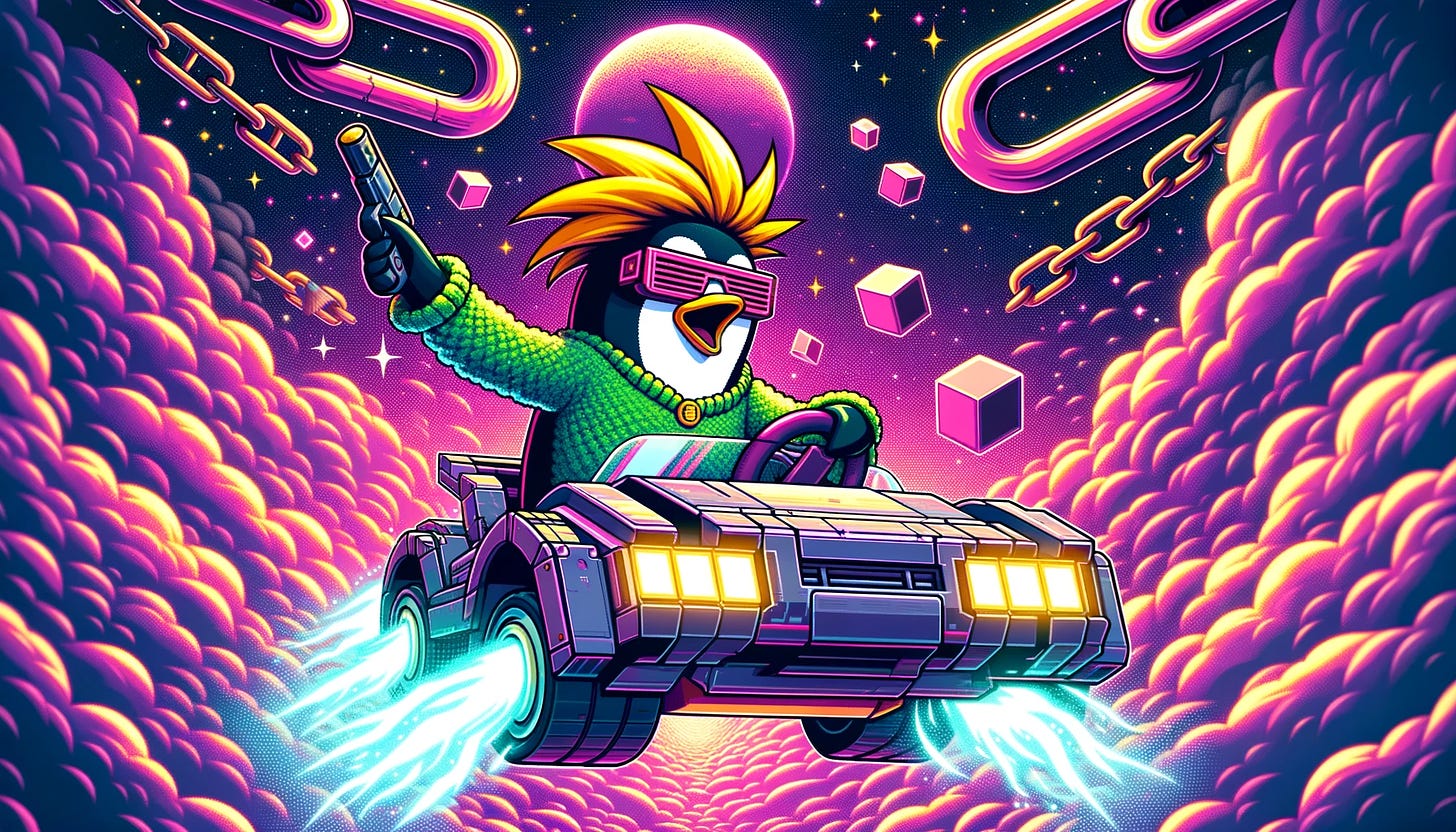
Airdrops are essentially tokens created out of thin air; however, these new tokens can increase the L1 price as degens sell airdrops for the L1 native token.
Easy to say but hard to execute! How do you start and narrow down your selection if there 124 L1s?
Allow me to share my thought process and highlight some L1 ecosystems that I believe have potential for growth.
Airdrop Farms of the Week
- Karak: Disappointed by Eigenlayer $EIGEN launch? Farm the only major competitor by depositing LRTs, ETH, Pendle asset and earn points.
Team raised Series A at $1B valuation with so many big VC names to dump on us as well. Not if we dump first!
→ Use my permanent code IGNAS to start here.

- Sanctum: One of the major tokenless protocol on Solana (Oh, MarginFi… Anyway).
My favorite strategy (and pet) is INF LST as it 1) earns 9% APY and is integrated into Kamino & Marginfi for capital efficiency (leverage!)
Speculation: the more pets (LSTs) you have, the higher your allocation.
→ Using referral link gives a chance to win bonus EXP so join with my referral here. - Backpack: The second major tokenless protocol on Solana. It’s platform with an exchange and non-custodial wallet.
KYC for the exchange is REQUIRED, which helps prevent sybilooors but it increases the chances of receiving a higher airdrop.
Recently raised a $17m round led by Placeholder VC & Wormhole.
→ Join with my referral link here.
Mindshare - What Are You Talking About?
Community in the crypto space is crucial. Without a thriving community, the token price won't grow organically. To identify the strength of a community, I use Kaito, which quantifies posts and assigns them a "mindshare" score.
BTC, ETH, and SOL dominate discussions on X - showcasing the Pareto principle in action.
The discussions around the remaining ~121 L1s make up just 17.8%!
And some like BNB, ATOM, AVAX, and APTOS are major L1s. We know more or less what they do, but I want to dig deeper and find truly under-the-radar gems that all together fit into the “Others” box in the screenshot above.
I asked my followers to recommend their favorite underrated L1s, and the suggestions are quite enlightening. Check them out.

Below are the top 21-50 L1s by mindshare. There are some familiar names like Algorand, Monero, Cronos chain, Sui etc.
 Data for 30D Average
Data for 30D Average
Interestingly, Sui ($589M) and Cronos ($485m) hold more in TVL than Aptos ($327M) but Aptos has much larger mindshare. I farm Sui actively myself and covered it in my Degen Playbook for the bull market.
So, does it mean that Sui is undervalued relative to Aptos, especially as both are Move based L1s?

Well, perhaps SUI could pump 40% to reach market cap of APT. Yet SUI’s FDV is actually larger by 17%. So not so simple!
We might add developer activity, user growth, txs, etc…. Artemis has great data on all these metrics.

For example, by active daily addresses we could say Aptos and Fantom are doing fine, while Acala, Flow and Fuse are ghost towns. It’s hard to find all the data for smaller L1s.
But the more I think, the more I realize that finding underrated project depends on some level of intuition that stems from actively engaging with the L1s, assessing their wallets, evaluating the quality and uniqueness of dApps, observing how effectively the team communicates, analyzing tokenomics, and more.
So, below I want to share the ecosystems that for various reasons (that might include TVL/users) attracted my attention and I believe have some potential to boom.
1. Ton
First things first: Ton is the 9th largest crypto project by MC so it won’t probably go 10x.
Plus, Ton ‘s DeFi TVL grew by 55% in a month.
However, oddly enough, the Ton ecosystem appears to be flying under the radar on CT.
Ok, you’ll understand immediately what I mean by clicking some buttons. Just do it:
- Open Telegram and create Ton wallet in settings.
- “Wallet” is custodial service
- “TON Space” is a non-custodial wallet so make sure to create it
- Get a few USD worth of TON to both wallets (annoying, I know)
Check out a Ton’s games to understand the potential:
- Try play-to-airdrop Catizen game to pet cats here.
- Paint your pixel on a big canvas on The Pixel game.
- Train your Gattomon in this P2E Tamagotchi style game. Pets are NFTs!
- Find all the games on PlayDeck (like app store)
Try out Ton DeFi
- Swap, farm decent APYs on Ston - main DEX straight on Telegram with $100M in TVL. APY on TON/USDT is 90% right now as Ton is giving away $5M USDT in incentives.
- Leverage trade Ton eco tokens on Storm Trade. Be careful with leverage!
- Lend & borrow on Evaa finance
Other cool dApps:
- Get eSim for mobile data abroad here.
- Find top liquidity pools by APY on the Open League.
- Monetize your telegram channels by issuing digital items to sell. Like this Proof of Simp NFT for 1 USDT.
- Or fancy Tinder on TON Dating for “real and beautiful girls meet smart and successful boys?”
Telegram bots are not new, but the issuance and monetization of tokens through these bots are now internal. These bots are part of the Ton Space ecosystem, using the Ton blockchain and their native tokens.
It's not surprising that CT isn't focused on the Ton ecosystem, as mini-games may not align with the interests of CT whales.
However, I believe Ton has the potential to attract retail investors, and the success of just one viral Ton app could significantly boost the ecosystem, akin to how Axie Infinity popularized Play-to-earn.
A key catalyst to keep an eye on is the upcoming launch of the Notcoin token. With the completion of the airdrop farming campaign, a successful token launch could generate momentum for Ton.
2. Arweave
The AR token launched in 2019 and pumped from $1 USD to $80 USD within 2 years. However, it later dropped to $3.5 in September 2023. Surprisingly, it has since increased by 7x without getting much attention.
At $1.8B market cap (100% floating valuation), it’s not cheap anymore but there are reasons to stay bullish on it.

Arweave’s value proposition is simple but powerful: permanent, secure storage of documents and applications.
You know, this is where your Ethereum NFT is probably storing the JPEG.
Arweave is a protocol that allows you to store data permanently, sustainably, with a single upfront fee. The protocol matches people who have hard drive space to spare with those individuals and organizations that need to store data or host content permanently.
Besides JPEGs, Arweave supports permaweb as a version of the internet where all content, from images to full web apps, is permanently stored, quickly retrievable, and decentralized, ensuring it functions as originally designed and remains searchable forever.
For a real decentralized future and with increasing regulatory crackdown on crypto DAOs and front ends, user facing interfaces need to be decentralized as well.
Filecoin is a competitor to Arweave but Filecoin trades at ~50% the market cap and 5x the FDV!
But that’s not why it’s under the radar, though. Here’s something much more bullish.
Arweave announced the testnet launch of Arweave AO - Hyper Parallel Computer.
“AO is a hyper parallel computer, a decentralized computing environment that allows you to run an arbitrary number of processes simultaneously in parallel. Previous decentralized computing systems either supported large-scale computing or verifiable computing. AO can do both simultaneously”- Arweave founder Williams said in the announcement video.
Arweave AO is designed for “infinite scalability”, supporting vast computational demands simultaneously—a crucial feature for AI and large-scale applications.
In the interview with the Block, William called it ‘Absurdly scalable’
The core idea is that it splits up the three main parts of running a blockchain into separate components that can talk to one another and execute a high number of transactions, all at the same time. - The Block
He’s even confident in competing with Ethereum, so the era of “Ethereum killers” is not gone yet.
The team has built their own operating system called AOS using Lua programing language blockchains supporting EVM or SolanaVM can be built on AOS, too.
You can try the testnet dApp:
The team is continuously shipping new updates like bridge etc. Follow Arweave founder on X for updates and mainnet launch.
3. MultiversX
Solana vs Ethereum is part of the modular vs monolithic scaling debate. Which approach will dominate?
Monolithic approach proponents criticize Ethereum for abandoning L1 scaling plans (via sharding.)
Sharding divides a blockchain network into smaller segments, or "shards," allowing transactions to be processed in parallel. This method speeds up transaction processing by distributing the load across multiple shards.
If sharding narrative ever picks up, MultiversX could benefit from it. Other sharded chains are Near and Ton.

MultiversX, formerly Elrond, uses EGLD for staking and transactions. It uses "Adaptive State Sharding and Secure Proof-of-Stake (SPoS)” to achieve high transaction speeds, up to 100k per second, by parallel processing and efficient validator selection.
MultiversX ranks 26th by TVL with $129M, placing it alongside Stacks, Fantom, zkSync Era, Ton, and Osmosis. Despite this, at a $1B market cap, it is priced at half the price of FTM, 1/3rd the price of STX, 1/7th the price of Near, and 1/18 the price of Ton!
To be fair, just two protocols on MultiversX dominate 95% of the TVL: xExchange ($41m) and Hatom $85M with their lending and LST protocols. The NFT ecosystem seems to grow with most volume happening on xoxno exchange.
One standout feature is the xPortal mobile wallet (besides the dedicated community on X, lol)
xPortal has a shot for crypto mass adoption. It offers a sleek and gamified user experience allowing you to set your username, trade crypto, access news, and use a crypto debit card.
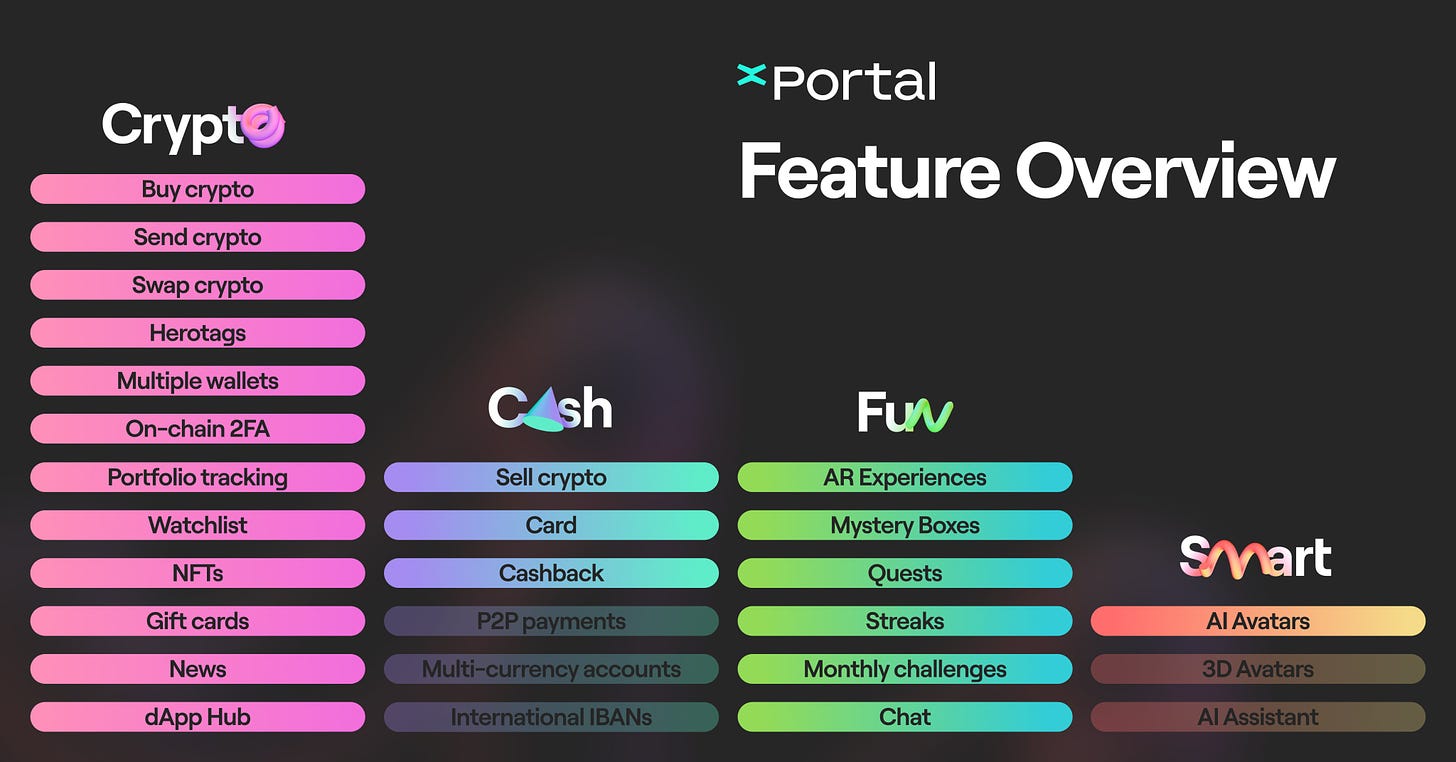
When using MultiversX dApps on your PC, you'll scan a QR code with your mobile device to approve transactions. It seems like a safer alternative to using browser extensions.
If you're pressed for time, get a glimpse of MultiversX's potential:
- Download xPortal here. Get some EGLD from CEXes to start.
- Try swapping tokens on xExchange.
- Explore NFTs on Xoxno. Earn airdrop points from trading.
- Lend/borrow and liquid stake EGLD on Hatom.
You’ll see that user experience is great. (MultiversX puts to shame Injective ecosystem… and INJ trading at 2.3x the EGLD market cap?)
4. Gnosis
Gnosis is the OG protocol, and don’t think it’s a boring one. Hear me out.
Gnosis was founded in 2015 as part of ConsenSys and Gnosis was the first team to launch a live app on Ethereum in 2016.
GNO is a sidechain to Ethereum but functions more like an L1:
- Secured with staked GNO.
- Validators stake GNO, transaction fees paid in xDAI (bridged DAI), buyback and burn GNO tokens.
Impressively, GNO fully diluted valuation $778M (86% circulating) but the chain secures $286M in TVL which the lowest FDV/TVL ratio (3.1) for a major chain (Arbitrum 2nd at 3.8).
Gnosis hosts major DeFi dApps like Aave, Maker’s Spark, Balancer but the most interesting is RealT with $104M in TVL. RealT is investment protocol into US real estate market via tokenized ownership. Few blockchain protocols are working towards bringing real world finance to the masses.
Plus, Gnosis launched Gnosis Pay non-custodial Debit card (which I also use). It’s really cool! Having all this in mind, Gnosis introduces Gnosis 3.0.
Gnosis 3.0 is the latest evolution of the Gnosis platform, building on its previous phases to focus more on payments and financial infrastructure. Here's a brief overview:
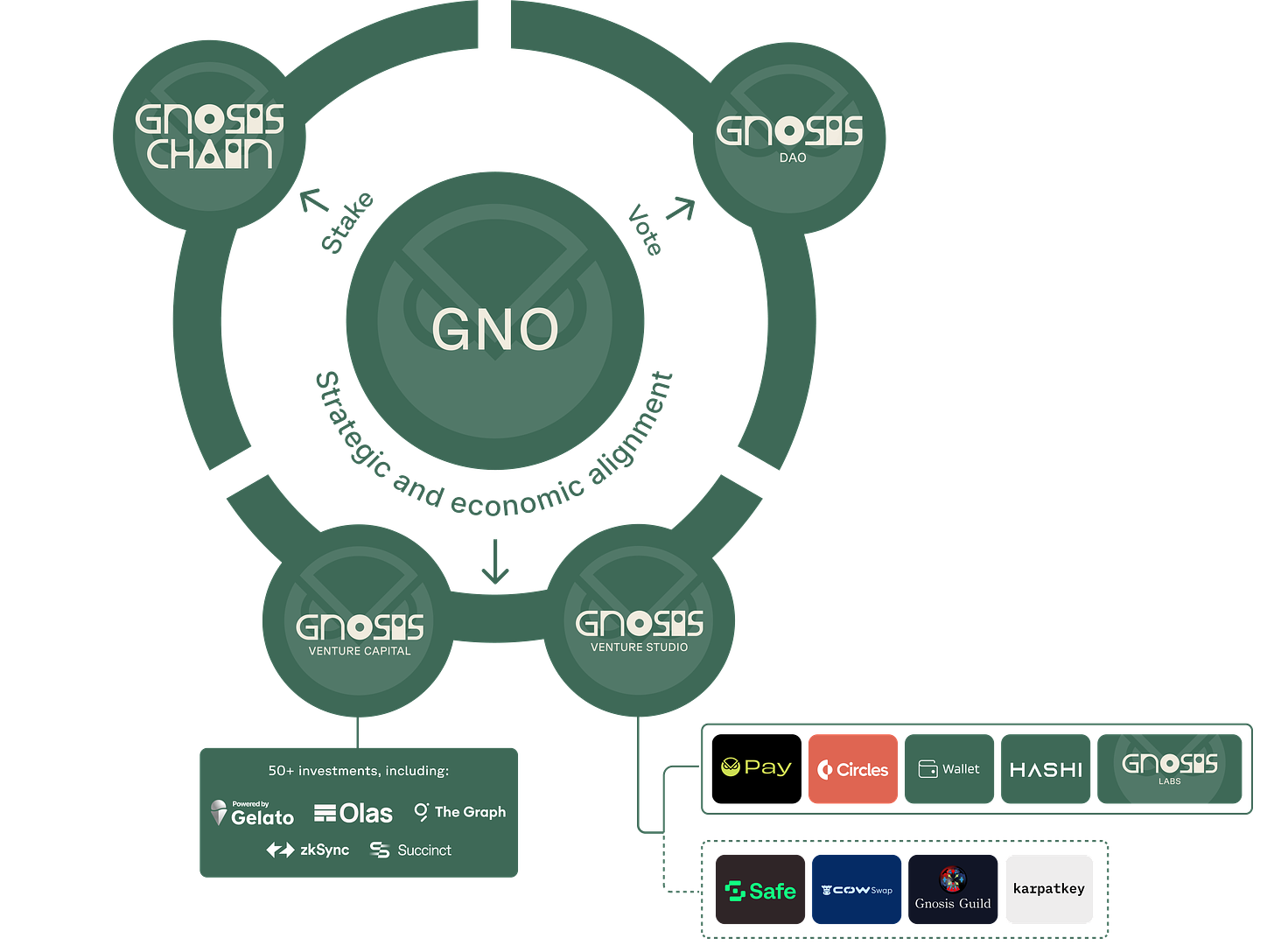
Gnosis 3.0 diagram
- Gnosis 1.0: Started as a prediction market platform on Ethereum.
- Gnosis 2.0: Expanded into a major Ethereum infrastructure builder, developing tools like Gnosis Safe, CoW swap, and Gnosis Chain. You didn’t know that, right?
- Gnosis 3.0: Is a shift towards creating applications for everyday financial activities to make decentralized financial tools accessible to your normie neighbour.
The focus is on building practical, valuable applications that can reach a large audience, moving beyond the ecosystem's previous infrastructure-heavy focus.
People in crypto are tired of high valuation infra protocols. Plus, with Stripe adding crypto payments, the narrative might pick up again.
And in the current state of the market of 1) memecoins and 3) point airdrop farming, Gnosis 3.0 is the fresh air of real adoption that we need.
A bit of alpha: Gnosis team said they will focus on achieving “economic upside for GNO holders.”
The way the framework achieves these objectives is via protocol-owned AMMs (bonding curves) of GNO/ project token pools, implemented as CoW-AMMs on Gnosis Chain. This means GNO is not only a governance and staking token, but also an index token for the Gnosis ecosystem. - Gnosis 3.0 announcement
Finally, Gnosis 3.0 will feature Venture side to incubate early-stage projects (which Manta of Bybit does well too) to bring value to the ecosystem.
Personally, I’m the most hyped for Gnosis Wallet (mobile-first bank alternative) that will integrate Gnosis ecosystem products in one place.
5. Radix
Radix is another L1 with annoyingly impressive community. It’s a good thing to have proponents but sometimes it can get on the nerves. I noticed their tweets are botted (while replies get few views), so I do think the team should reevaluate their marketing strategy.
Still, Radix slogan of “Radically Different DeFi” resonates with me. How many L1s are putting DeFi at the forefront?
The “radically different DeFi” includes adopting Radix Engine with an asset-oriented approach, where assets such as tokens are treated as “first-class citizens.”
Unlike Ethereum environment where assets are managed through complex smart contract code, in Radix tokens are managed as "physical" objects within user accounts, simplifying interactions and improving intuitiveness.
The end result is much simpler smart contract development, mitigating code complexity.
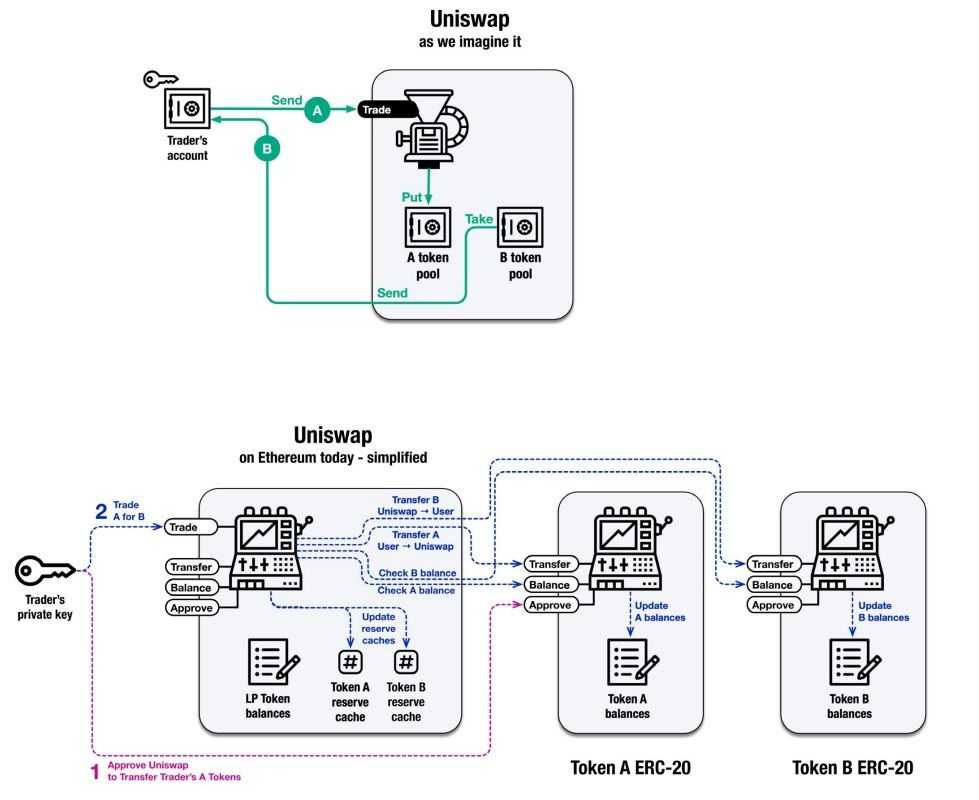
Plus, Radix has its own Cerberus consensus mechanism supporting dynamic sharding and atomic transactions across shards.
Yep, Radix is the third L1 in the list with sharding. Noticing a trend? (I prefer monolithic chains at the moment, lol)
Its native token, XRD, is used for staking and paying fees. It trades at $500M MC and $622M FDV.
I know it’s confusing, so you can read an overview by Coinbureau here.
Now, the bad thing? Despite big talks Radix DeFi ecosystem is small. Just 6 DeFi apps are registered on DeFillama with $36m in total TVL. A few dApps to try:
- Swap, LP and farm on CaviarNine: - main DEX.
- Trade NFTs on Trove.
The good news? To get started on Radix, you'll need a wallet, and the user experience is nice. While the wallet may not be as feature-rich as xPortal on MultiversX, it is straightforward to use. Get it here.
To connect to a dApp on your PC, you'll need a browser extension called Radix Wallet Connector. Once connected, link your mobile wallet to the Connector just once. Then, when you connect to a dApp, the wallet connector will send approval requests to your mobile app. This means you won't have to scan a QR code each time you connect to a new dApp; you can simply approve it on your phone.
It might sound complex, but it functions smoothly.
Overall, if Radix makes a bet on Radically better DeFi, but the chances are against it…. The team needs to ship innovative dApps, offer higher yields, and improve on their marketing.
